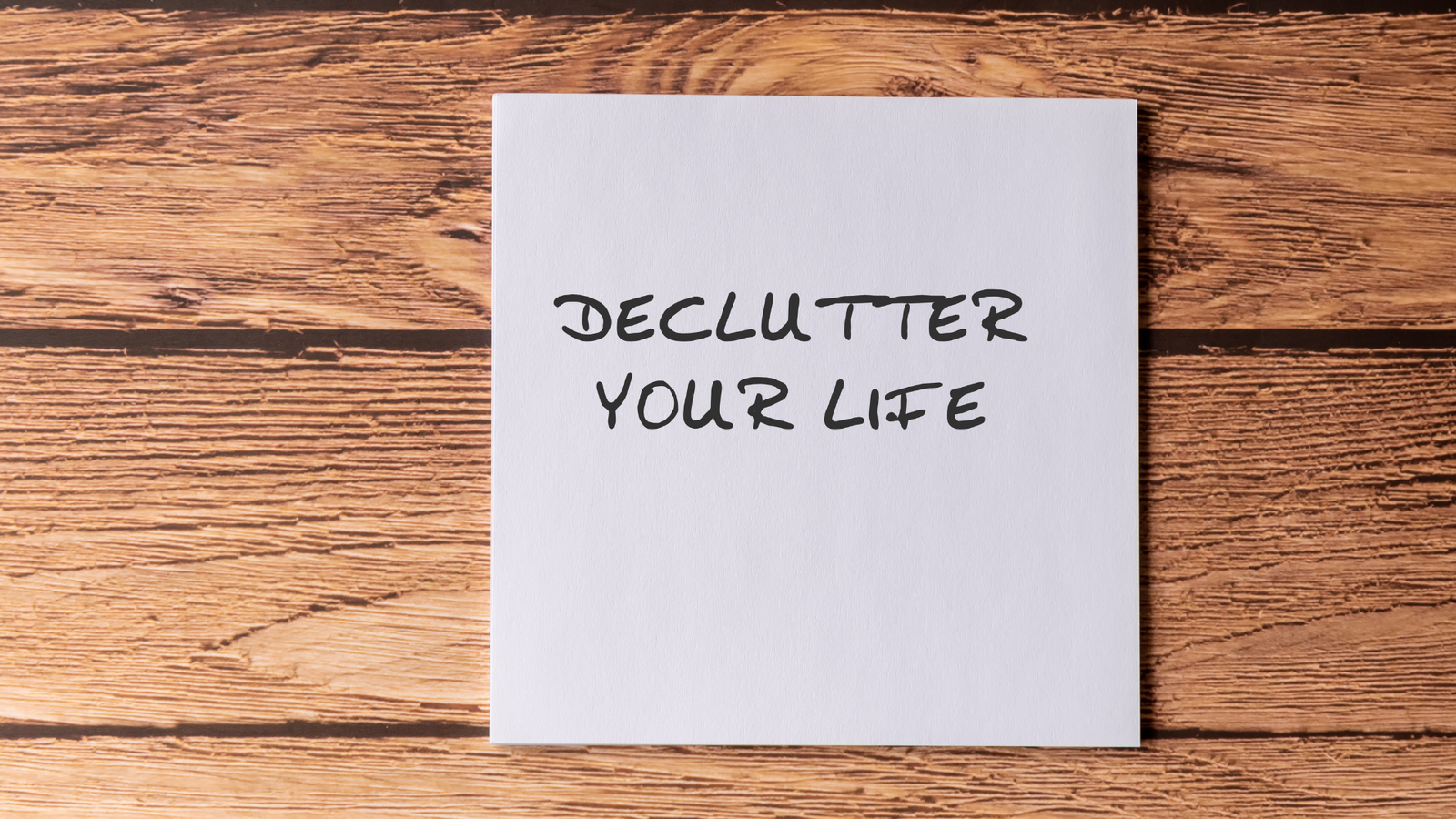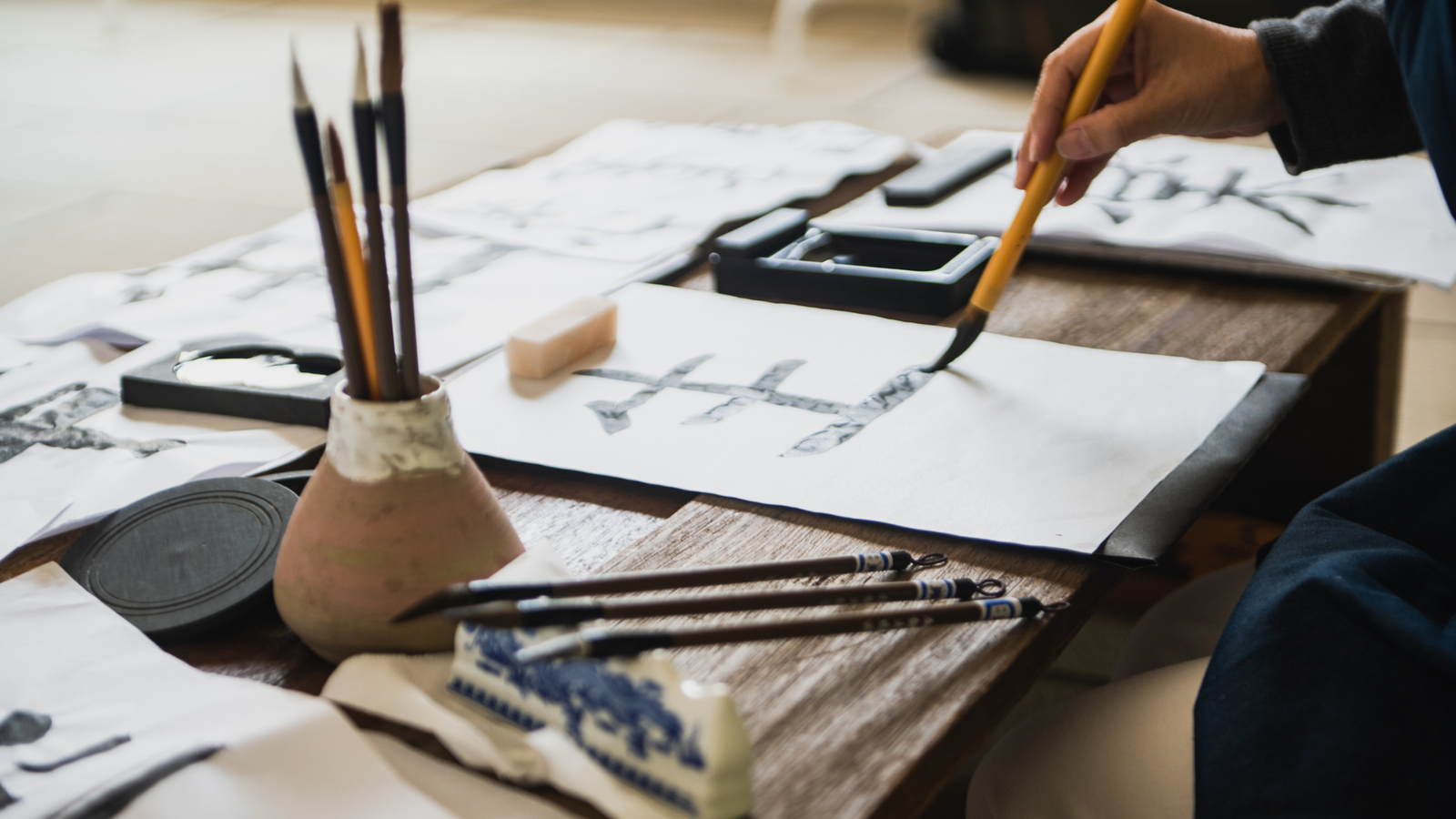Declutter your life with ease: A simple 3-step method


It starts subtly- a drawer you hesitate to open, a desktop filled with random files, a closet crammed with clothes you haven’t worn in years. Over time, these seemingly harmless pockets of clutter become overwhelming, draining your focus, motivation, and even your mental health.
Clutter isn’t just about the mess you see. It’s the constant mental weight of “I’ll get to it tomorrow.” It’s the anxiety of not knowing where things are. It’s the guilt of holding onto items, habits, and even relationships that no longer serve your growth.
In an age where everything is vying for your attention, notifications, tasks, stuff, and people, decluttering your life is no longer just a minimalist trend; it’s a survival strategy. You don’t need a 30-day challenge or a lifestyle overhaul to start. What you need is a method that’s simple, effective, and sustainable.
That’s where this 3-step method comes in. It’s designed to help you clear out the unnecessary noise in your life- physically, digitally, and emotionally- so you can make room for clarity, peace, and purpose.
3 steps to a clutter-free life
Step 1: Identify what’s weighing you down
The first step in decluttering isn’t about throwing things away; it’s about becoming aware of what’s taking up space in your life. And not just physical space, but also mental and emotional bandwidth.
Ask yourself:
- What physical items do I keep that I don’t use, need, or love?
- Which digital habits or apps eat up most of my time?
- Are there people or obligations in my life that leave me drained instead of energised?
Make a list. This isn’t about judgment, it’s about recognition. You can’t declutter what you don’t see.
Pro Tip: Start with a “clutter audit” in three zones: your physical space (home, desk, car), your digital space (phone, inbox, files), and your mental space (to-do lists, relationships, internal chatter).
Step 2: Clear with intention, not emotion
Decluttering can quickly become emotional. That sweater reminds you of a trip. That email feels “too important” to delete. That habit is just too comfortable to give up.
Instead of getting stuck in emotional quicksand, approach decluttering with intention.
Try this rule: If it doesn’t serve a purpose or bring you peace, it’s time to let it go.
In practice:
- Physically: Box items you’re unsure about and revisit in 30 days. If you haven’t missed them, donate or toss them.
- Digitally: Unsubscribe, delete, archive. Curate your online spaces like you would a well-organised home.
- Emotionally: Set boundaries. Declutter your calendar and commitments. Say “no” without guilt.
Why it works: Decluttering becomes sustainable when driven by purpose, not pressure. You’re not just removing things—you’re making space for what you value.
Step 3: Create systems that stick
The biggest mistake people make after decluttering? They stop. Clutter returns because there’s no system in place to prevent it.
Once you’ve cleared the excess, it’s time to build simple routines that maintain your progress:
- One in, one out: Every time you buy something new, donate or discard one item.
- Weekly resets: Take 15–30 minutes each week to tidy up your key spaces, your desk, inbox, and room.
- Digital detox days: Designate one day a week to stay offline or app-free to recharge.
Bonus Tip: Involve your environment. Use organisers, labels, or productivity tools. But remember, tools support you; they don’t solve the problem alone.
Final thoughts
Decluttering your life isn’t about having less. It’s about living more. More peace. More presence. More power over what gets your time, attention, and energy.
When you simplify your surroundings and streamline your mind, what remains is clarity and from clarity comes confidence.
Start small. Pick one drawer, one app, or one obligation. Follow the 3-step method. And then, breathe. You just made space for a better version of yourself.
Discover more from News Hub
Subscribe to get the latest posts sent to your email.







